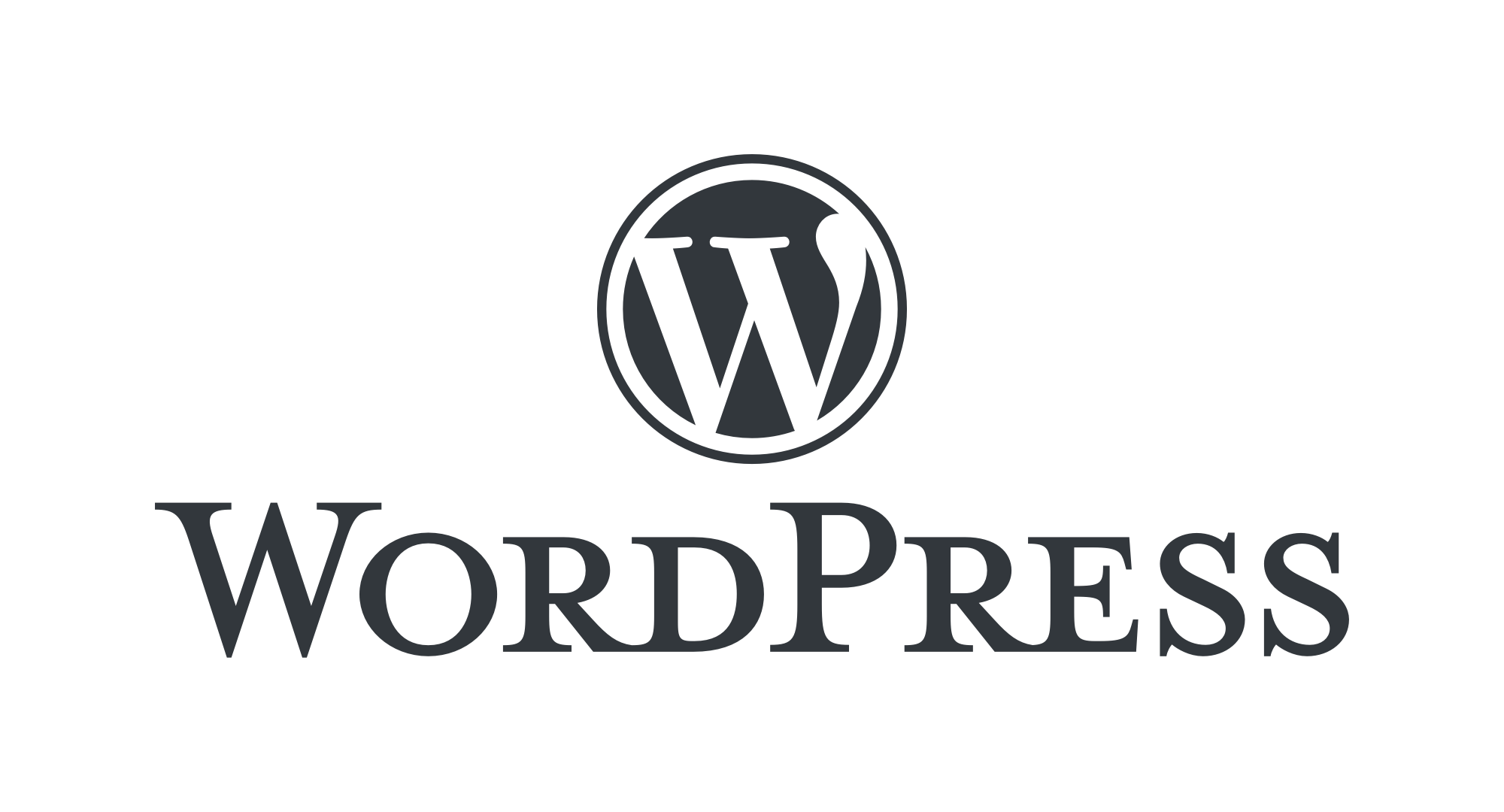5 Best Website Builders for Small Business UK: Full Guide (2025)
In 2025, it is not a matter of choice to have A professional presence on the Internet; it is necessary. Whether you’re a small boutique, local service provider, or growing start-up, your website is usually the first impression of your business for potential customers. Luckily, you no longer need to pay for a full-time developer or invest thousands of dollars in custom code just to get started. Contemporary, easy-to-use website builders now allow you to create an expertly designed and affordable website in one day with no technical knowledge needed.
The only hurdle you need to clear is selecting the right website builder for your business. Each platform has its own unique strengths, ranging from Squarespace’s stylish design tools to Shopify’s unparalleled ecommerce capabilities. In this guide, we’ll discuss the 5 best website builders for small businesses in the UK, pitting them against each other for features, pricing, ease of use, and performance. It doesn’t matter if you’re building your first site or getting ready to scale up; this 2025 guide will help you navigate the noise and find the perfect platform for your ambitions.
How Do I Choose the Best Website Builder for My Business?
Here are some key factors to keep in mind before setting your heart on a platform.
Your goals: Do you want a one-page, brochure-type site, or are you looking to build your own booking platform? Will there be an ecommerce component?
Ease of use: Will you and your team be able to easily update pages?
SEO & speed: Search for built-in SEO tools, mobile-ready designs, and accelerated load speeds.
Quality of design: Pick a builder that offers templates you feel represent your brand’s tone and fit your layout needs.
Ecommerce functionality: Look for VAT settings, shipping tools, and multi-channel selling.
Integrations: Make sure it integrates with your CRM, analytics, or email marketing tools.
Compliance: SSL, GDPR, cookie banner, and data privacy tools.
Price: Look at both the entry-level and scaling costs.
Support: As a business owner, it is important that you have access to 24/7 chat or ticket support.
What are the Benefits of Using a Website Builder?
Website builders that can help make it easier than ever to get your site online and running. This is the reason why most UK small businesses choose these platforms:
Affordable: Plans begin at the cost of a coffee each month.
Rapid deployment: Pick a design, and be up and running in hours instead of weeks.
No coding required: Anyone can handle content updates or page edits.
All-in-one inclusive: Hosting, security, analytics, and SEO tools provided.
Pro templates: Clean, responsive, and mobile-friendly.
Scalable: As your business grows, you can adjust your plan.
Peace of mind: Updates and backups are done on autopilot.
If you hire a good builder, your site can look every bit as professional as if it had been custom-coded at a fraction of the maintenance and cost.
1) Squarespace — best overall for small businesses
Why we like it: Stylish templates, easy editing, good hover features, and decent ecommerce for most SMEs. Balances design + simplicity well.
From price: Check current plans on Squarespace; pricing depends on billing term and region.
Standout features
Modern templates, Fluid Engine layout, section-based editing
Blogs, simple bookings, membership sections, and email streams
SSL, CDN, analytics, and the OKIE banner are standard.
Strong SEO stuff (titles, meta, nice URLs)
Pros
Quick to launch; uniform design quality
Low maintenance, secure, hosted stack
Easy handover to non-technical teams
Cons
Not quite as “infinitely tweakable” as open-source stacks
The app ecosystem is smaller compared to that of Shopify/Wix
Best for: Service businesses, local trades and studios, or consultants with simple booking flows.
2) Wix — the most flexible drag-and-drop + killer AI features
Why we like it: So many templates, bigass feature/app ecosystem, and stronger AI creation options.
You'll need to click through the multiple options yourself, but the current pages list Business/Core/Elite plans with annual billing discounts. Standout features
Visual editor with near-pixel freedom
Huge template library & an app store
Feature-rich marketing and bookings with base ecommerce included
AI text/design assistants
Pros
Extremely flexible layouts
Massive panoply of features and extras
Cons
If you’re too aggressive about customizing, it can slow pages down
Template switching limitations
Best for: Owners who desire maximum design freedom and features with no coding.
3) Shopify — The e-commerce giant
Why we like it: If selling is what you do – whether as a side hustle, full-time time or beyond — there’s no getting around that when it comes to checkout and inventory management, an app ecosystem matters.
UK pricing headline: The Shopify UK pricing page details the various plan tiers (Basic/Grow/Advanced) along with card rates and annual discounts. See the live UK rates on our dedicated £ page.
Standout features
Solid checkout, multichannel sales, and POS
Inventory across multiple locations
Big app store (point of sale, accounting, loyalty, etc.)
Pros
Scales from startup to real volume
Trusted checkout and payments
Cons
Monthly app costs can add up
Theme and customization depth are highest with Pro
Best for: Retailers, DTC brands, subscription products, multi-location stock.
4) WordPress — content-first and budget-friendly
Why we like it: Ideal for blogs/magazines or content-heavy sites where you desire more control than standard site builders, but don’t wish to host your own server.
Pricing overview: WordPress offers UK rate plans on its pricing page.
Standout features
Mature blogging, categories/tags, RSS
Themes, plugins on higher tiers
Decent SEO controls; export options
Pros
Great for long-form content and publishing flows
Can evolve into more complex ecosystems
Cons
Bunch of knobs and dials, way more than Squarespace/Wix.
Best features on higher-tier plans
Ideal for: Content sites, thought leadership, knowledge bases.
5) Webflow — for pro-level design, it’s the ultimate visual control
Why we like it: Designer-grade control, free to design and export clean front-end (visual CSS/HTML/JS authoring,) and an impressive CMS.
Pricing & positioning: Official pricing page lists Site and Workspace plans; 2025 reviews by third party tout AI adds, pro workflows.
Standout features
Visual CSS grid/flexbox control
CMS collections, dynamic pages
Ecommerce (best for curated catalogs)
Rich interactions/animations
Pros
Agency quality without the hand encoding from scratch
Strong educational content (Webflow University)
Cons
Steeper learning curve for non-designers
Item/page caps on lower tiers
What Its Best For: Design-constrained brands, agencies, and startups requiring extended layouts.
Honorable mentions (budget/quick launch)
GoDaddy Website Builder: Double-quick set-up, AI-powered Airo builder, strong marketing and SEO pack; limited design freedom.
IONOS MyWebsite: Extremely low intro pricing, AI installation; not as many templates or flexibility as the top five.
Pixpa: user-friendly for creatives/portfolios with ecommerce galleries (low-cost plans )
Comparison table (snapshot—verify current on the plan pages)
| Platform | Best For | Starting plan snapshot | Free trial | Notable strengths |
|---|---|---|---|---|

|
Most small businesses | See live pricing page | Yes | Design quality, ease, and built-ins |

|
Max flexibility + AI | Multiple tiers incl. Core/Business | Yes | Huge template/app ecosystem |

| Ecommerce | Basic/Grow/Advanced tiers (UK) | Yes | Checkout, inventory, apps, POS |

|
Content-heavy sites | UK tiers on the official page | Yes | Publishing power, extensibility |

|
Pixel-perfect design | Site/Workspace plans | Yes | Pro-grade visual dev, CMS |
Mobile UX & performance (what to check before choosing)
Core vitals: template responsiveness, image handling, lazy-loading
Navigation: thumb-friendly menus and sticky CTAs
Checkout friction: guest checkout, wallets (Apple/Google Pay) for ecommerce
Speed levers: image compression, minimal custom code, avoid heavy app bloat
A/B testing basics: track CTA placement and form length against conversions
Which should you pick? (fast decision guide)
Need a beautiful brochure site + simple bookings fast?
Go Squarespace.Want the most drag-and-drop freedom + lots of features?
Go Wix.Is it selling the core business?
Go Shopify.Publishing 50–500+ articles and want room to grow?
Go WordPress
Have a designer and care about micro-details?
Go Webflow.
Frequently Asked Questions
-
Squarespace is often rated the best overall for small businesses in the UK thanks to its stylish templates, ease of use, built-in SEO tools, and reliable hosting. However, platforms like Wix, Shopify, and Webflow excel in flexibility, ecommerce, and advanced design.
-
Shopify is the strongest choice for ecommerce, offering multichannel sales, secure checkout, POS integration, and scalable tools for growing UK stores.
-
Squarespace is more beginner-friendly due to its clean interface and uniform templates, while Wix offers more creative freedom but a steeper learning curve for design consistency.
-
Yes. All major builders like Squarespace, Wix, Shopify, and Webflow provide drag-and-drop tools, hosting, and templates so you can launch a professional site without any coding skills.
-
For quick launches and tight budgets, GoDaddy Website Builder or IONOS MyWebsite offer low-cost entry plans. Wix and Squarespace also include free trials before upgrading.





